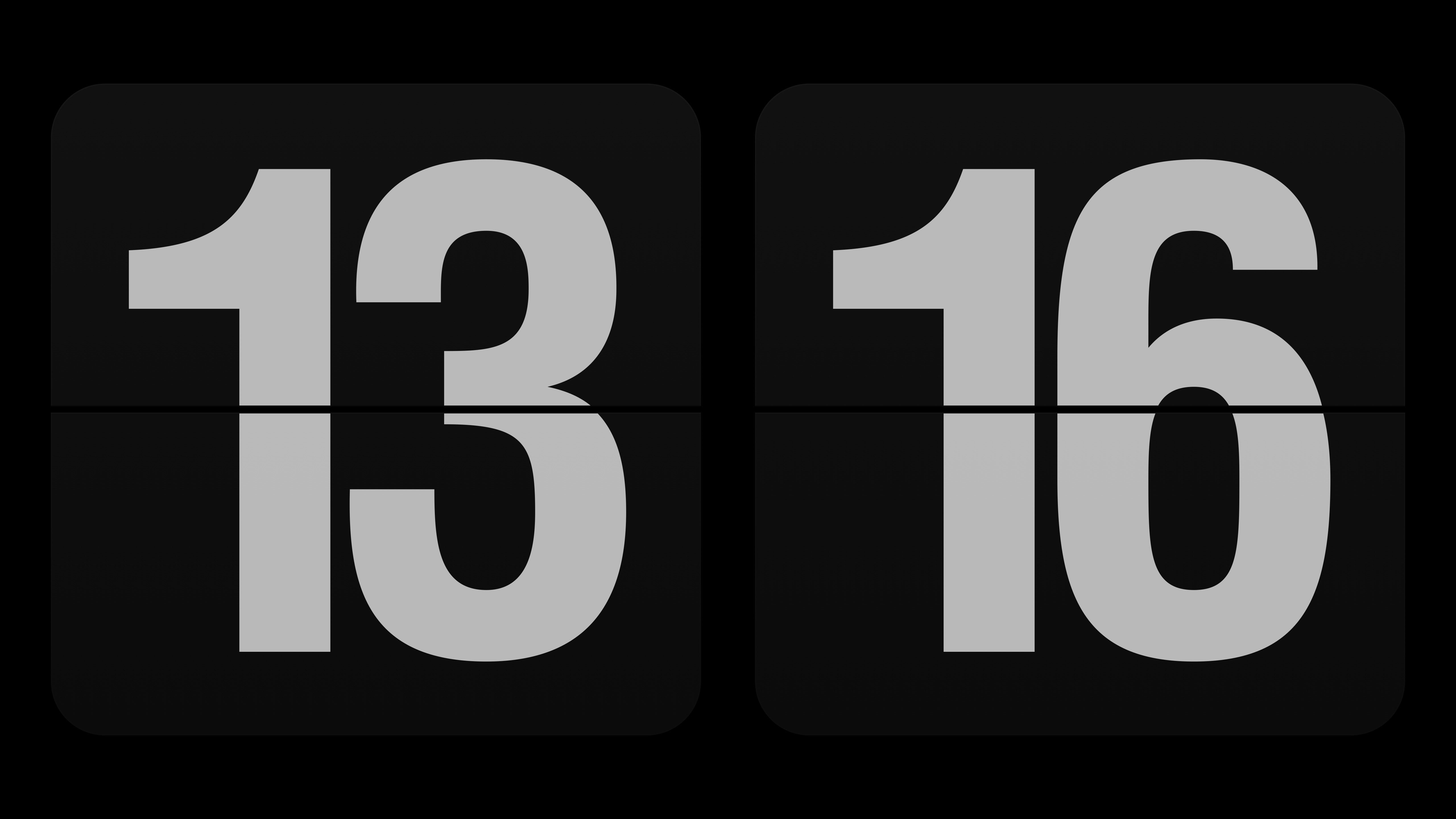
- #Black screen on screen saver install
- #Black screen on screen saver software
- #Black screen on screen saver windows
#Black screen on screen saver software
The commercial After Dark software was a very popular mainstream computer application in this period, with the "Flying Toasters" screensaver probably being the most iconic. Later, when people also became more aware of computer security, a second purpose of locking-out unauthorized users also materialized. Screen savers filled this need nicely, while also inventing a raison d'etre and marketing angle about protecting your expensive CRT. So, there was an unfulfilled "need" on mainstream computers for applications that had no point beyond showing off the machine's graphical abilities.
#Black screen on screen saver windows
For more mainstream users with Windows PC's or Apple Macintosh, these demos were nearly non-existent. More niche computers, like the Commodore Amiga and Atari ST of the time, were known for their demo scene productions, which were often an out-growth of widespread software cracking. However, for a time in the late 80's through 1990's, certain popular screensavers would become highly-recognizable, iconic, imagery cemented in the brains of the by-then-mainstream-computer users. I'm sure the Flurry screensaver on OSX, for example, got Apple a bunch of sales in the early 2000s just by looking a lot fancier on the store shelf than anything likely to come preinstalled on a Windows box at the time.Ī blank screen would have been just as effective for protecting the CRT from the burn-in associated with a static display. But often it wasn't a big problem anyway - as time went on and display technology advanced, actual burn-in became less and less of a risk.)Ĭomputer and OS manufacturers would also use fancy screensavers to showcase their products, particularly since computer stores would often have demo computers running for customers to try out, and naturally those computers would spend a lot of their time idle and showing a screensaver. a repeating slideshow with no change to the image positions on the screen.

(Indeed, some of those "screensavers" wouldn't even do anything to protect the screen from burn-in, and could even contribute to it by displaying static background images or e.g.
#Black screen on screen saver install
Many people would download and install fancy custom screensavers just to personalize their computer or to show off what it could do. Screensavers were simply cute, and often showcased the graphics capabilities of the computer (such as they were, at least). Of course, purpose #2 should also not be neglected. Having a graphical screensaver running was an easy way to prevent these kinds of mistakes, simply by immediately and intuitively showing anyone who intended to use the computer that it was already running, and that they should keep their fingers off the power button. Coincidentally, if the screen was completely turned off and in power save mode, it might take a second or two to turn back on… In the worst case, turning the computer off at the wrong moment could even lead to data corruption, if you happened to interrupt some critical operation such as disk defragmentation - which, coincidentally, was also a fairly common long-running process that you might well start up and then leave running while you went to grab a coffee, or maybe even overnight.Įven when the ability for the OS to intercept the power button press was added (precisely because accidental power-off was such a common and potentially destructive mistake), holding the button down for a second or two would typically override it and force a hard power-off (because there was still a need for a way to be able to turn off and reboot the computer even if it got completely frozen and unresponsive, which was unfortunately all too common). The button would just turn off the PSU, leaving the CPU and the disk drives etc. There would be no popup asking you whether you really wanted to turn off power, and indeed typically no way for the OS to even perform a controlled shutdown. Thus, if you walked up to a computer that you assumed was turned off (because the screen was dark) and pressed the power button to turn it on, you would instead turn the computer off immediately, potentially losing any unsaved work. Purpose #1 one used to be a lot more important than one might assume from a modern perspective, in large part because up until the mid-to-late 90s most computers had a mechanical power switch with no software protection. They showed that the computer was turned on and functional. However, the graphical effects displayed by screensavers had two important purposes:

To elaborate on Jon Custer's comment: yes, for protecting the display against burn-in, a black screen would do just as well or better as any "screensaver".


 0 kommentar(er)
0 kommentar(er)
